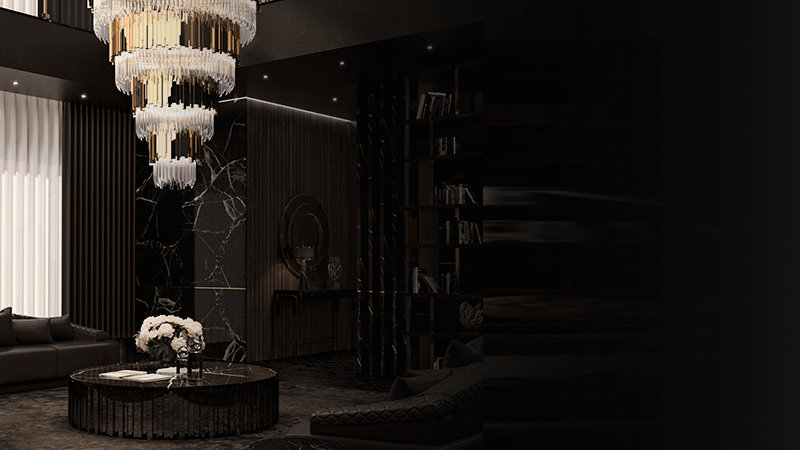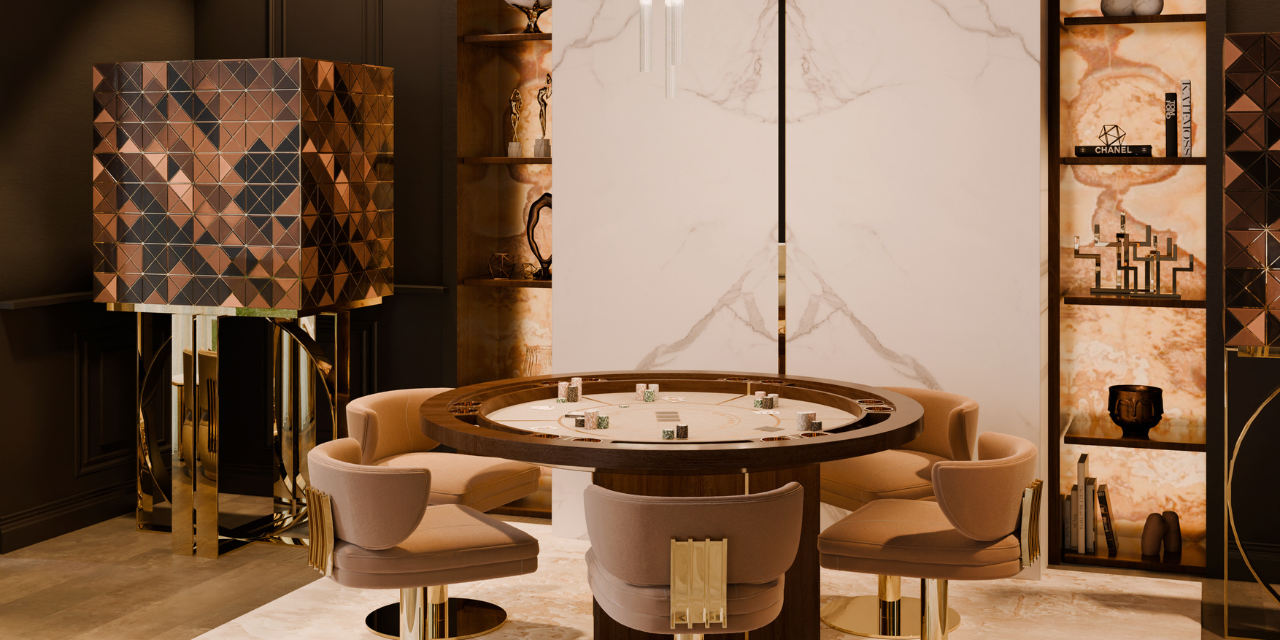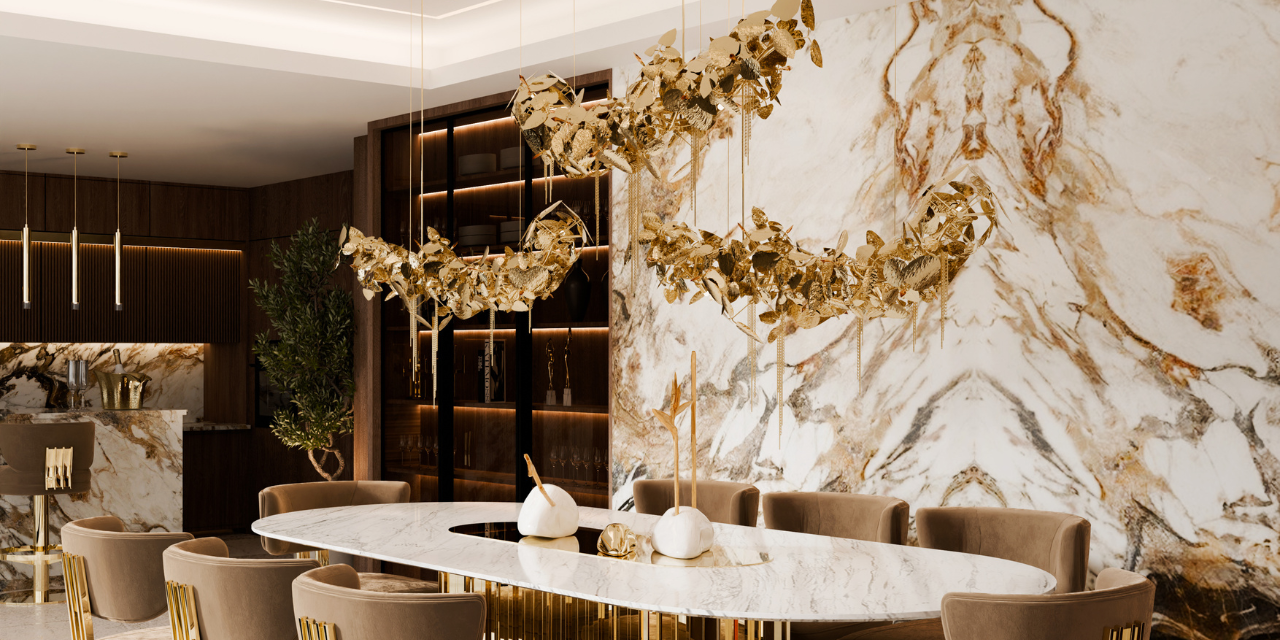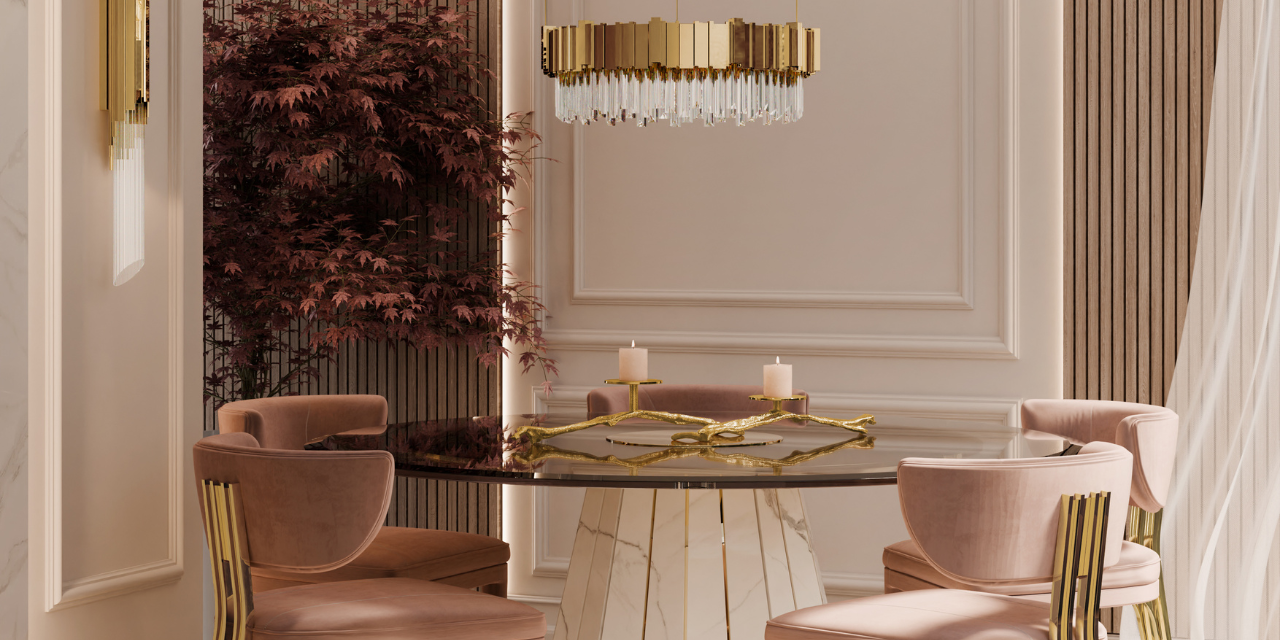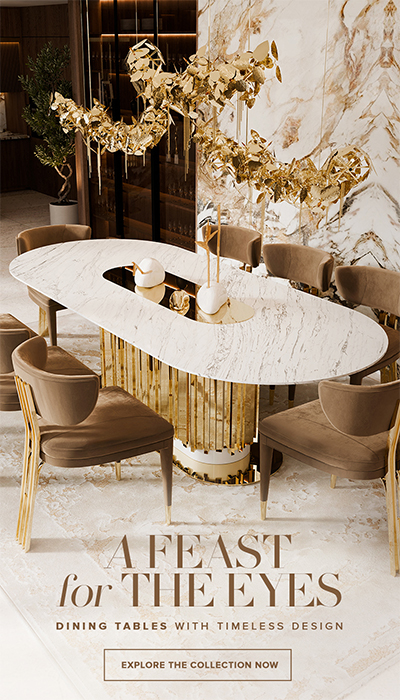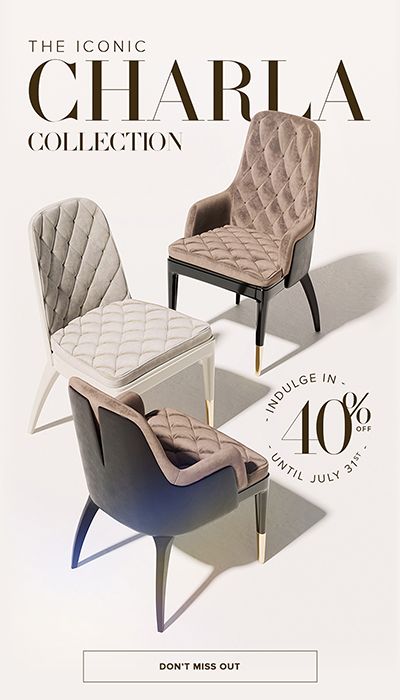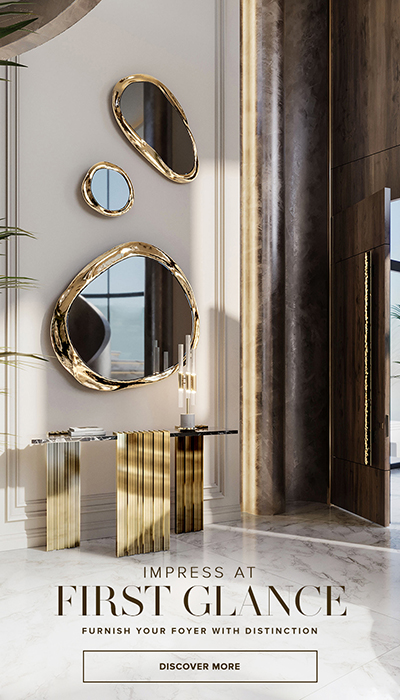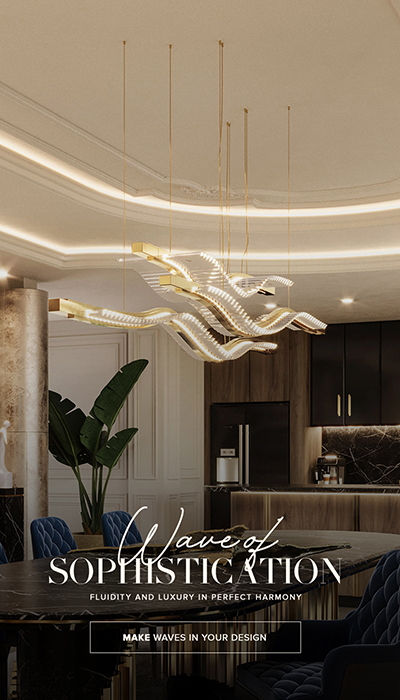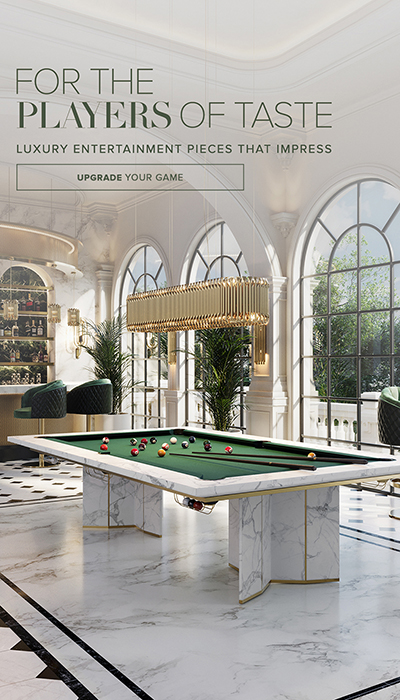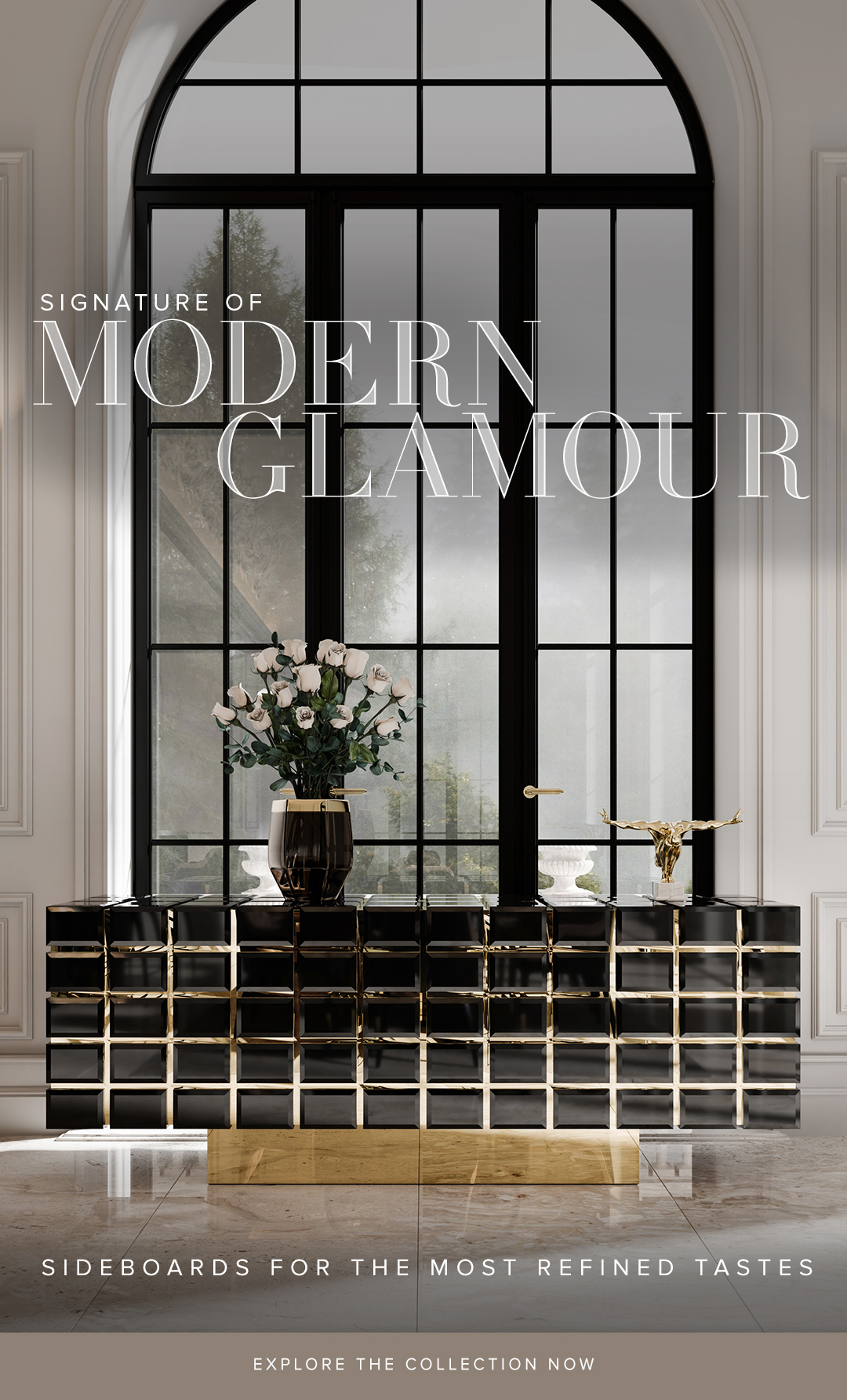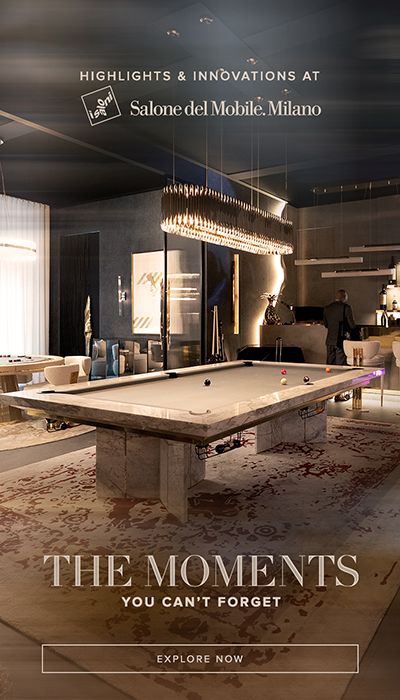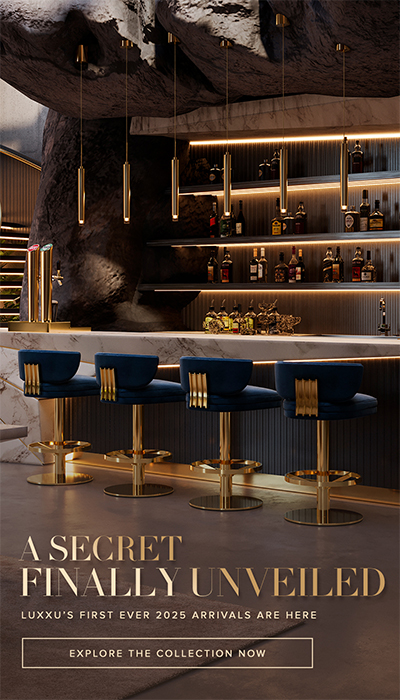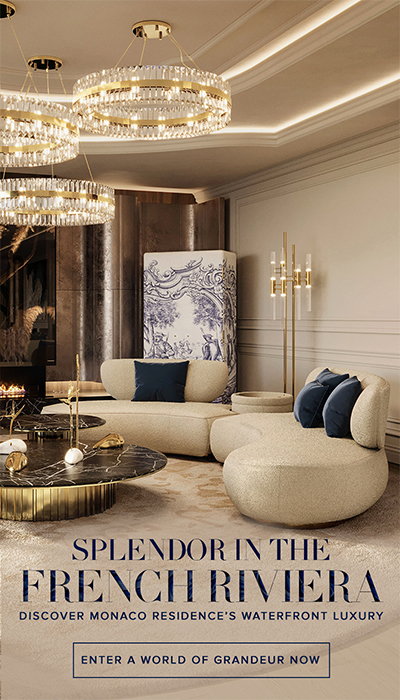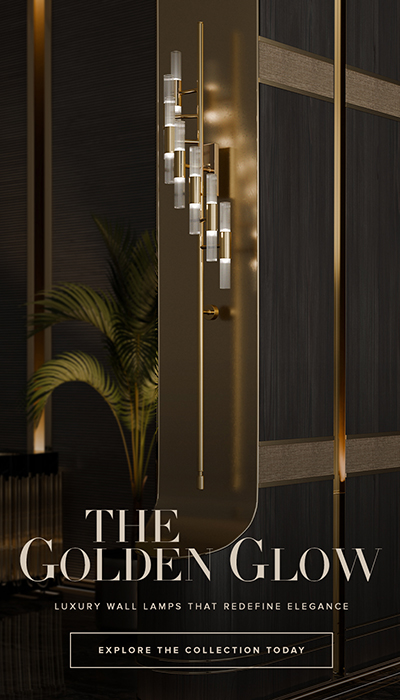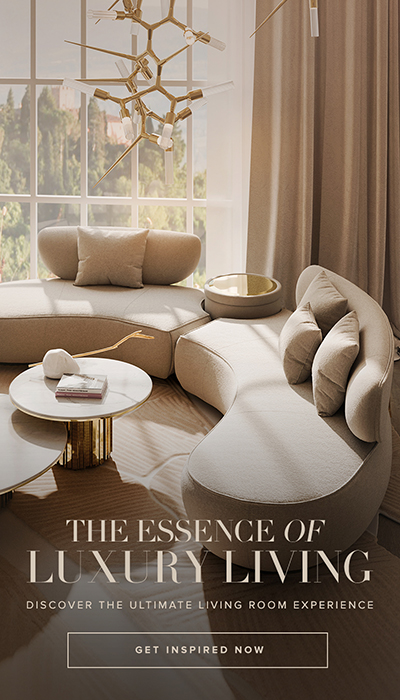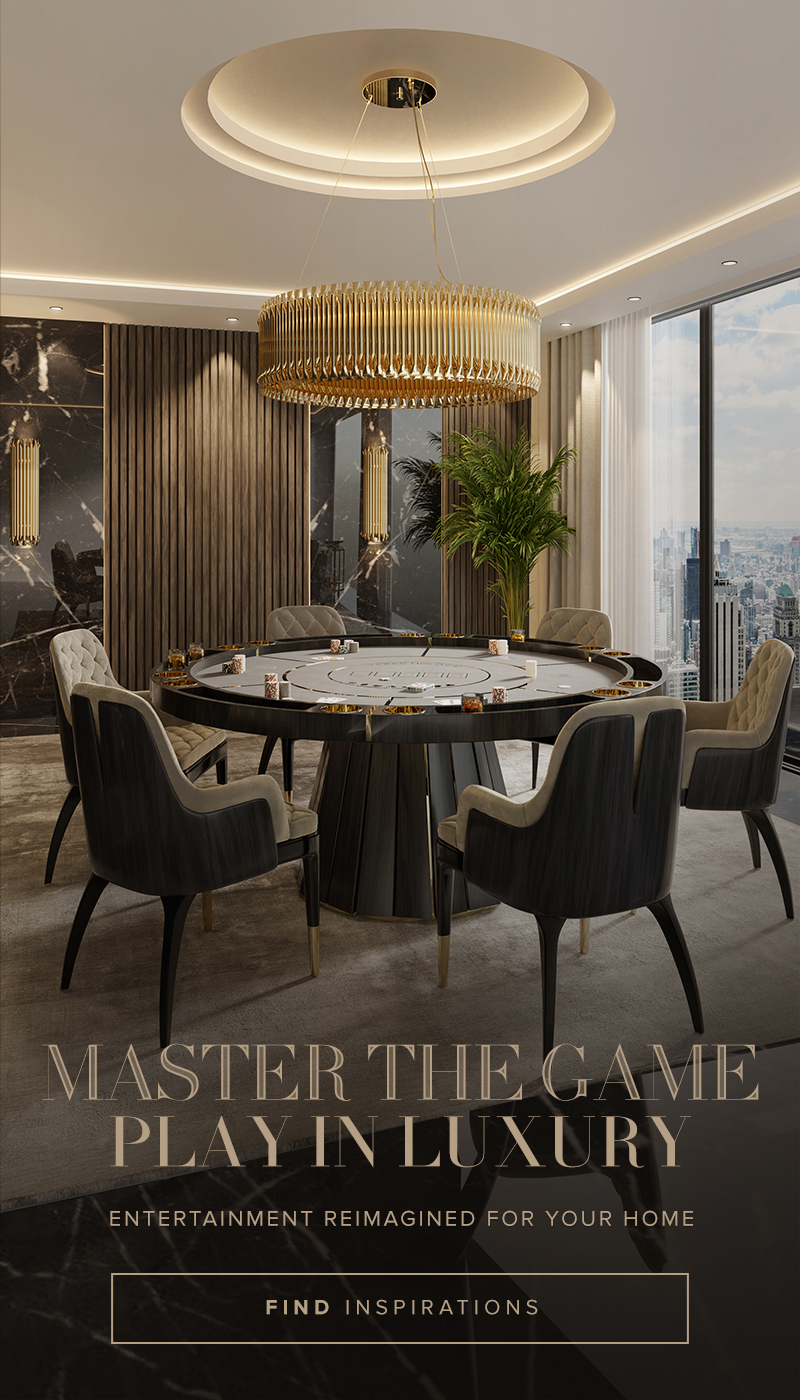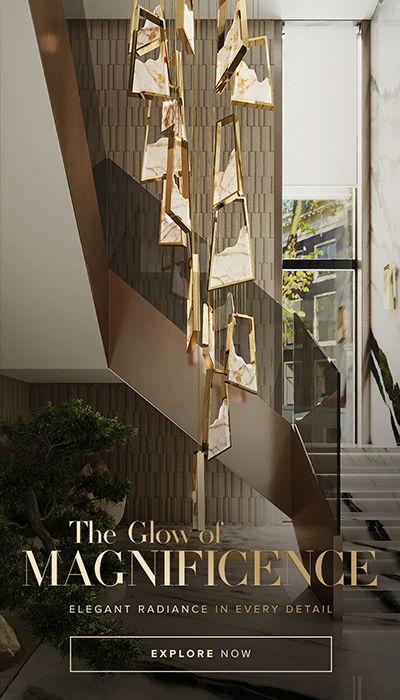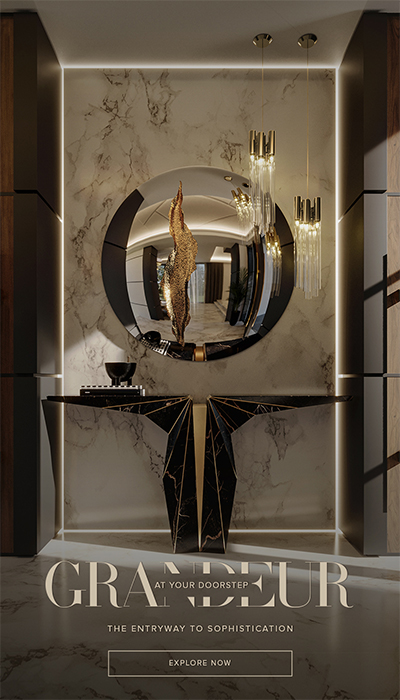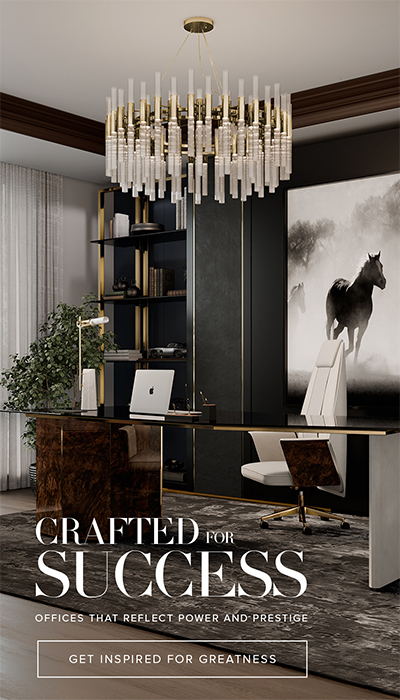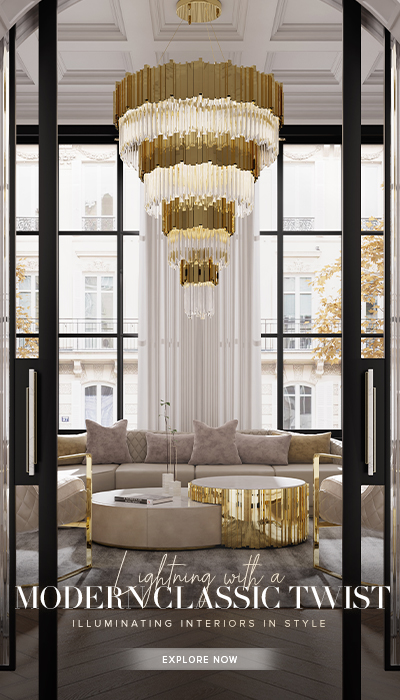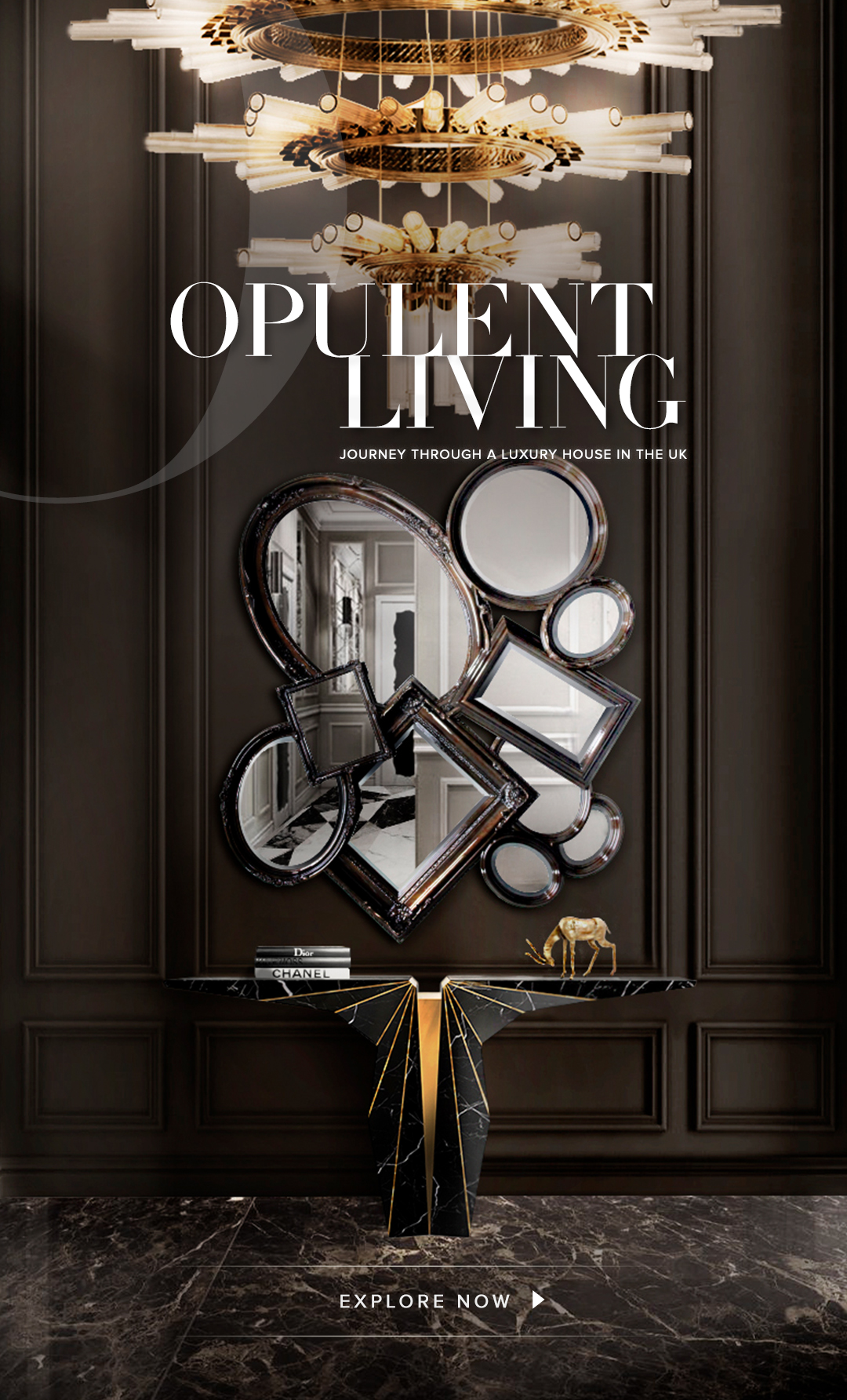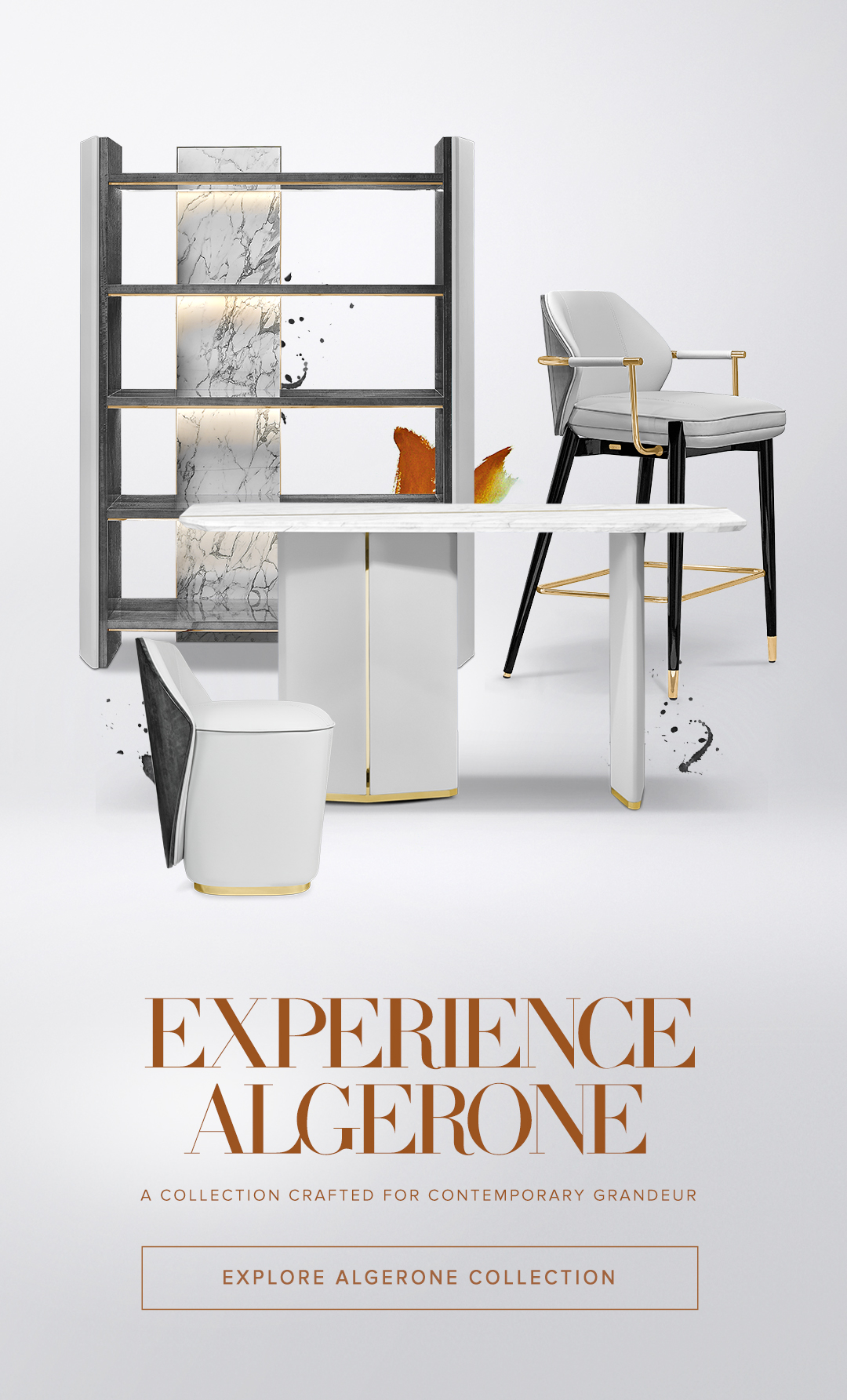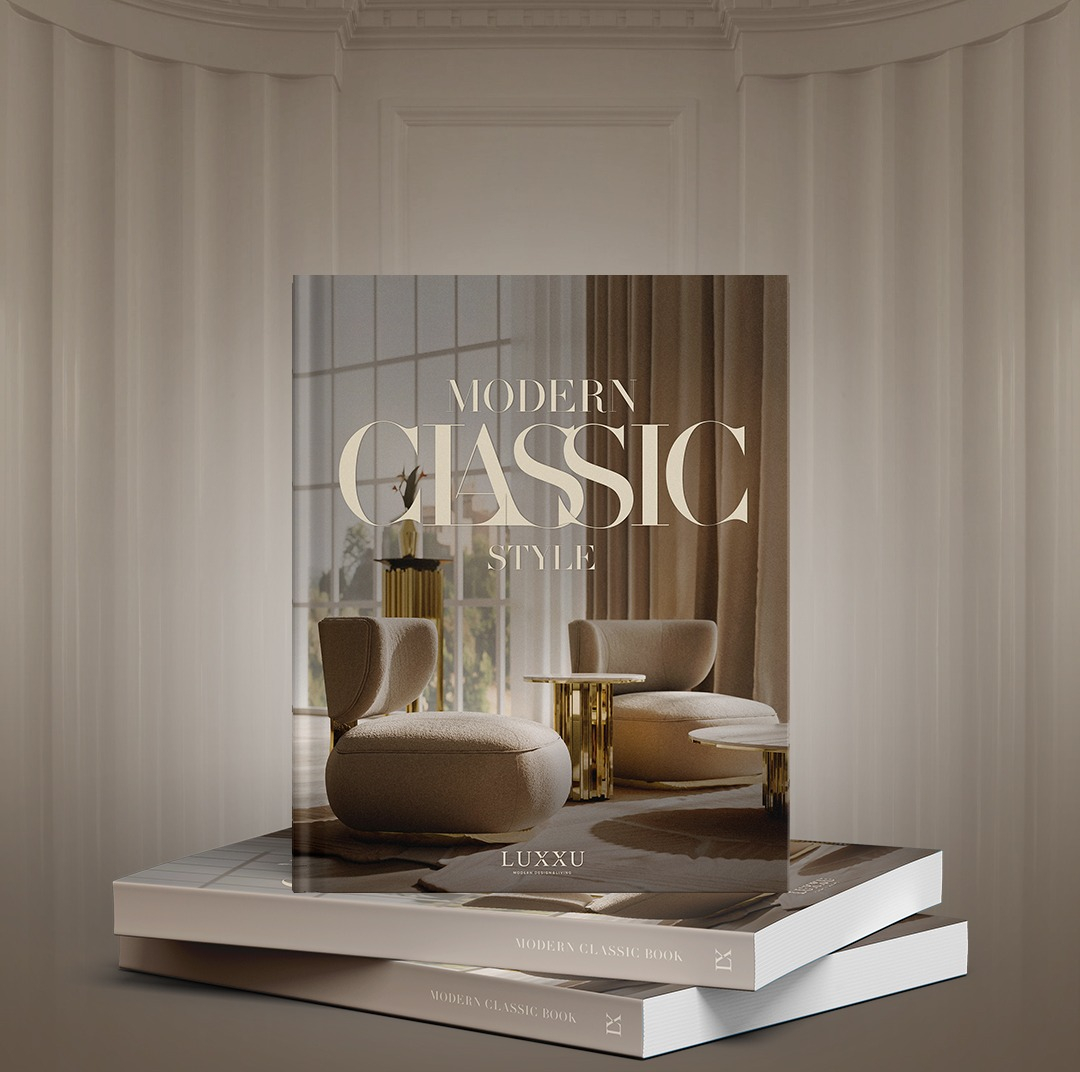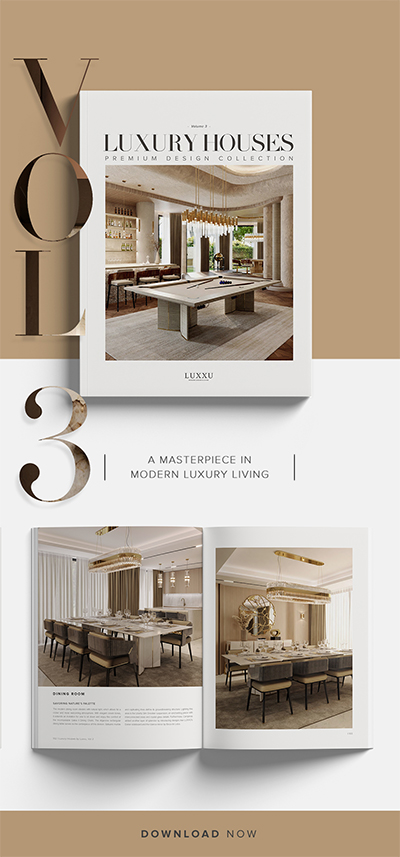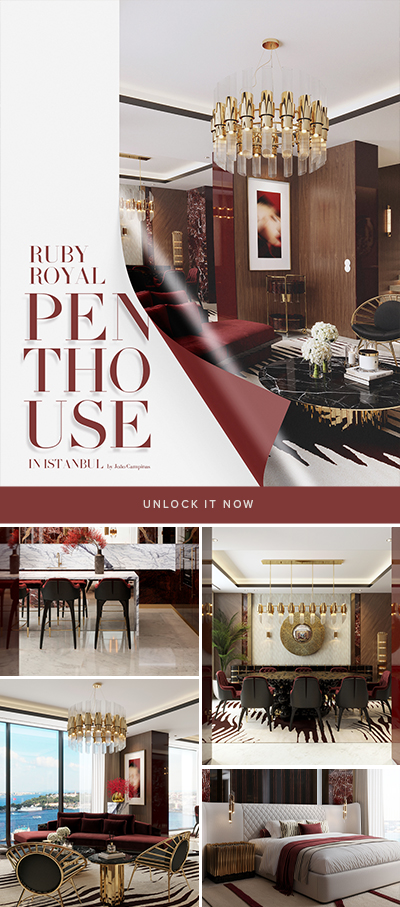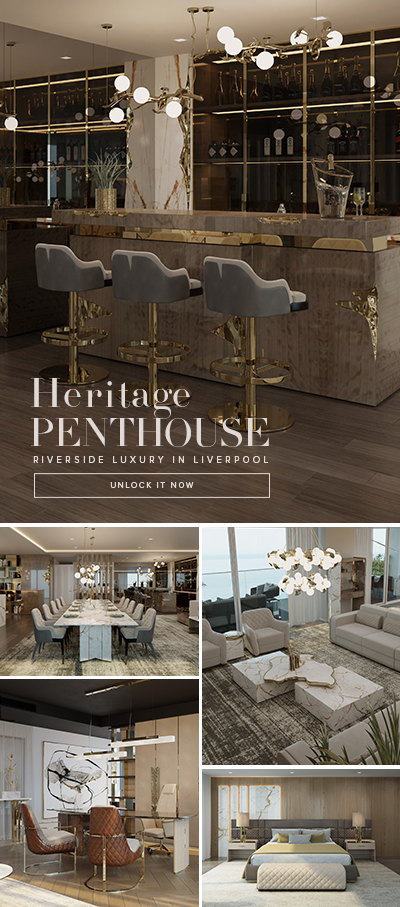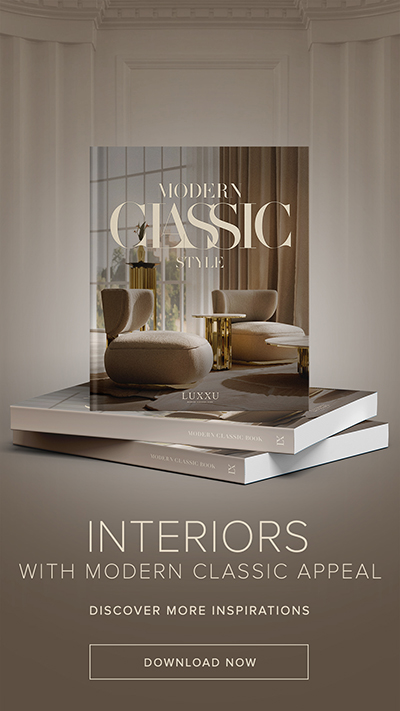Creative Playroom Designs: At LUXXU, creative playroom and entertainment space designs are elevated to an art form, where
Luxury Inspirations from Tom Ford
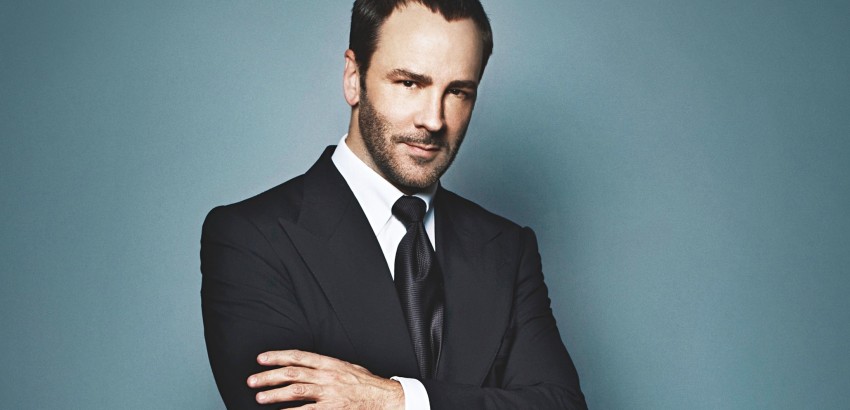
Thomas Carlyle Tom Ford is an American fashion designer and film director. He gained international fame for his turnaround of Gucci and the creation of the Tom Ford label before directing the Oscar-nominated film A Single Man. Today we bring you some inspirations from this designer! Take a look!
Ford dropped out of NYU after a year, preferring to concentrate on acting in television commercials; at one time, he was in 12 national advertising campaigns simultaneously. Ford then began studying interior architecture at The New School’s famous art and design college, Parsons The New School for Design. During his time in New York, Ford became a fixture at the legendary nightclub Studio 54, where he realized he was gay. The club’s disco-era glamor would be a major influence on his later designs. Before his last year at New School, Ford spent a year and a half in Paris, where he worked as an intern in Chloé’s press office. Though his work primarily involved sending clothes out on photo shoots, it triggered his love of fashion. He spent his final year at The New School studying fashion, but nonetheless graduated with a degree in architecture.
Ford’s role at Gucci rapidly expanded; he was designing menswear within six months, and shoes soon after that. When Richard Lambertson left as design director in 1992, Ford took over his position, heading the brand’s ready-to-wear, fragrances, image, advertising, and store design. In 1993, when he was in charge of designing eleven product lines, Ford worked eighteen-hour days. During these years, there were creative tensions between Ford and Maurizio Gucci, the company’s chairman and 50% owner. According to Mello, “Maurizio always wanted everything to be round and brown, and Tom wanted to make it square and black.” Though Maurizio Gucci wanted to fire Ford, Domenico De Sole insisted that he remain. Nonetheless, Ford’s work during the early 1990s was primarily behind the scenes; his contributions to Gucci were overshadowed by those of Mello, who was the company’s public face.
In 1988, Ford moved to Perry Ellis, where he knew both Robert McDonald, the company’s president, and Marc Jacobs, its designer, socially. He stayed at the company for two years, but grew tired of working in American fashion. In a later interview with the New York Times, he commented, “If I was ever going to become a good designer, I had to leave America. My own culture was inhibiting me. Too much style in America is tacky. It’s looked down upon to be too stylish. Europeans, however, appreciate style.” Ford would soon have the opportunity to enter the world of European fashion; Gucci, a faltering luxury goods company, was seeking to strengthen its women’s ready-to-wear presence as a part of a brand overhaul. At the time, “no one would dream of wearing Gucci,” said Dawn Mello, then the company’s creative director. Mello hired Ford—then a near-unknown—as the brand’s chief women’s ready-to-wear designer in 1990. “I was talking to a lot of people, and most didn’t want the job,” Mello said. “For an American designer to move to Italy to join a company that was far from being a brand would have been pretty risky.” Ford and his longtime partner, fashion journalist Richard Buckley, relocated to Milan that September.
In 1994, Ford was promoted to creative director. In his first year at the helm, he introduced Halston-style velvet hipsters, skinny satin shirts and car-finish metallic patent boots. In 1995, he brought in French stylist Carine Roitfeld and photographer Mario Testino to create a series of new ad campaigns for the company. Between 1995 and 1996, sales at Gucci increased by 90%. On the strength of Ford’s collections, Gucci went public in October 1995 with an IPO of $22 per share, followed by an additional global offering in March 1996 at $48 per share, and a third offering in 1999 at $75 per share. In early 1999, luxury goods conglomerate LVMH, headed by Bernard Arnault, increased its shareholdings in Gucci with a view to takeover. Domenico de Sole reacted by issuing new shares of stock in an effort to dilute the value of Arnault’s holdings. Ford and De Sole also approached French holding company Pinault-Printemps-Redoute(PPR) about the possibility of forming a strategic alliance. François Pinault, the company’s founder, agreed to the idea and purchased 37 million shares in the company, or a 40% stake. Arnault’s share was diluted to 20%. At one point, Ford was the largest individual shareholder of Gucci stock and options.
After leaving Gucci, Ford launched a line of menswear, beauty, eyewear, and accessories in 2006. Dominico De Sole became chairman of the Tom Ford label. In March 2011, Ford was featured on the cover of the bi-annual publication AnOther Man, the fraternal counterpart to Another Magazine, giving his opinion on what makes the modern day gentleman. In 2015, he was named one of GQ’s 50 best dressed men. He also received a CFDA Fashion Award for Menswear designer of the year.
What do you think about our suggestions? Discover our lighting ideas and inspirations at our Pinterest boards and follow us at our Facebook!
You may also like: Luxury Lighting: find Marriott Constantine Hotel
Source: Covet Edition
